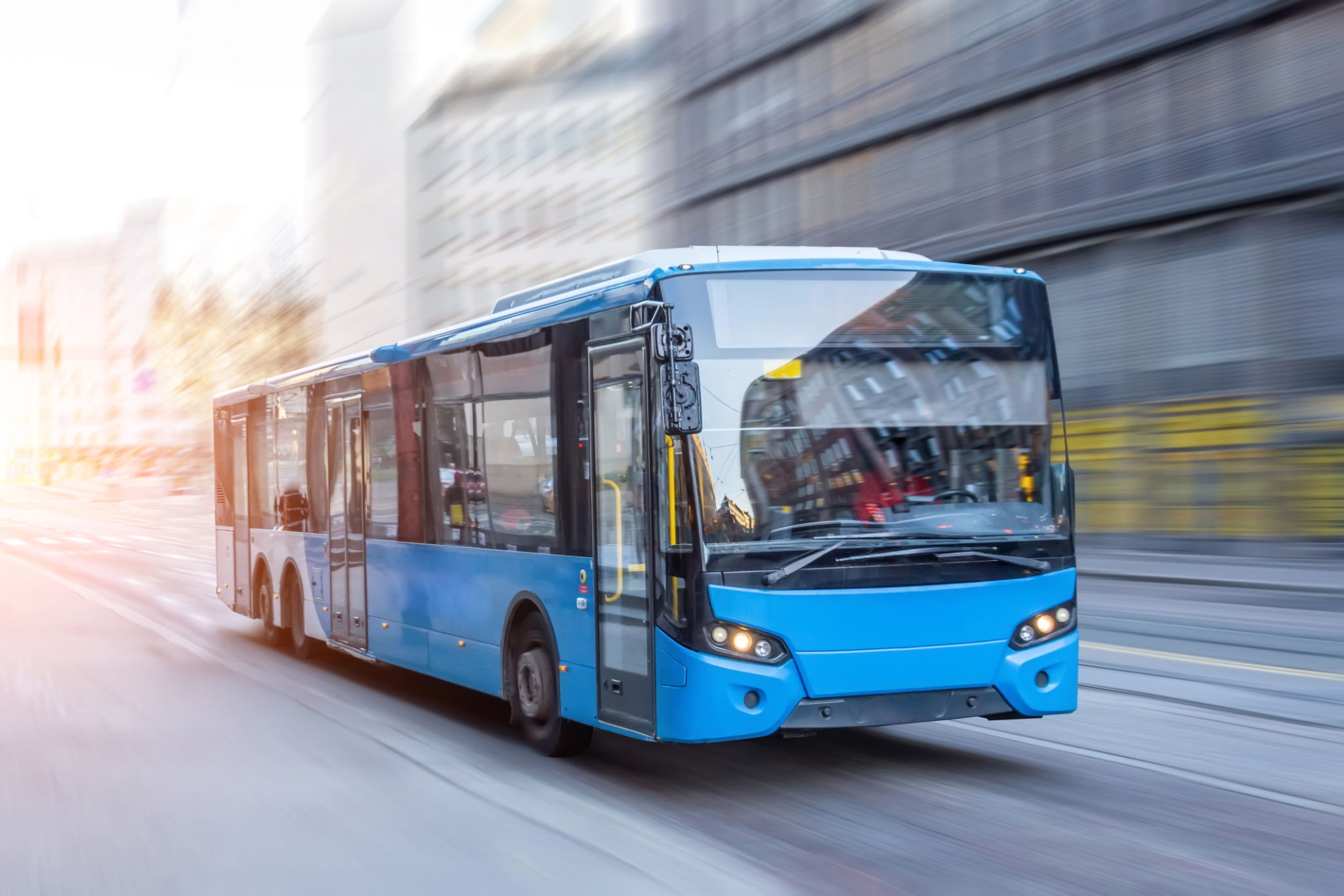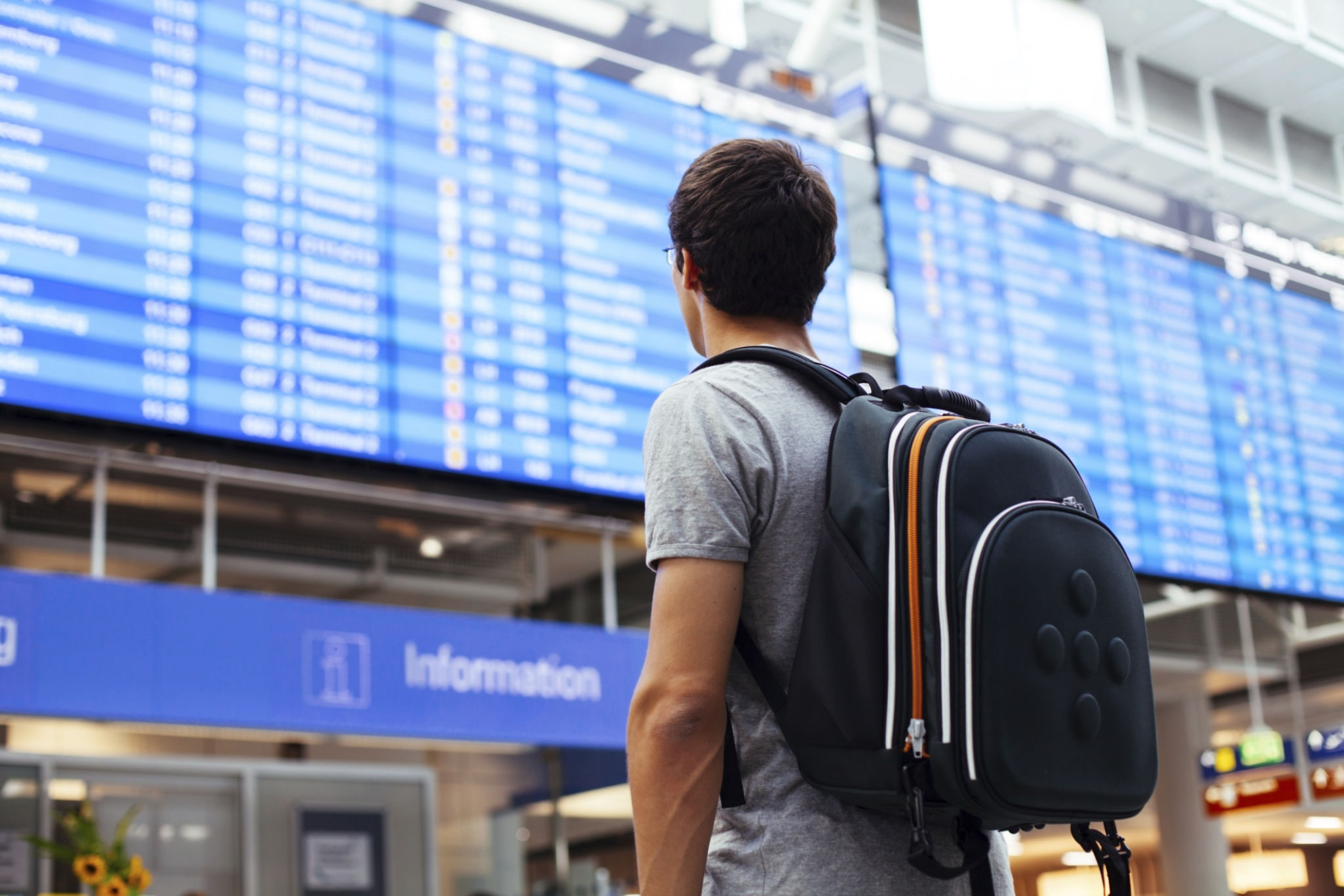Understanding Australia's Public Transport: City Buses Explained
Understanding the Basics of City Buses
Australia's public transport system is a pivotal aspect of its urban landscape, offering a reliable and efficient means for residents and visitors to navigate cities. Among the various modes of public transport, city buses play a crucial role in connecting suburbs and business districts. However, understanding how to effectively use these services can significantly enhance your travel experience.
City buses in Australia are operated primarily by state and territory transport authorities. They are designed to be accessible, with many featuring low floors for easy entry and exit, making them a viable option for people of all abilities. Additionally, buses often have routes that cover areas not reached by trains or trams, providing essential links to more remote parts of cities.

How to Navigate the Bus System
To make the most out of Australia's city buses, it's important to understand the basics of navigating the system. The first step is familiarizing yourself with the route maps and schedules, which are usually available online or at major bus stops. These resources help you determine which bus lines serve your area and their operating times.
Most buses operate on a fixed schedule, but it's always wise to arrive at the bus stop a few minutes early. Many cities also offer real-time tracking through mobile apps, allowing you to see exactly when your bus will arrive. This technology can drastically reduce waiting times and improve the overall efficiency of your journey.

Types of Bus Services
There are several types of bus services available across Australian cities. Regular bus services run on fixed routes and schedules, while express services offer quicker travel times by limiting stops along the way. Additionally, some cities provide night buses to accommodate late-night travelers, ensuring safe transportation during off-peak hours.
Another unique service is the free city loop buses, offered in some locations, which provide complimentary rides along designated routes within central business districts. These services are ideal for tourists and locals who want to explore the city center without incurring additional costs.

Ticketing and Payment Options
Paying for your bus fare in Australia is straightforward, thanks to various ticketing options. Most cities have adopted electronic smart card systems, such as Sydney's Opal card or Melbourne's Myki card. These cards can be topped up online or at vending machines located at major transport hubs.
For those who prefer not to use a smart card, many buses accept contactless payments via credit or debit cards. However, it's always good to check in advance as some services might still require a prepaid ticket. Always ensure you have a valid ticket before boarding, as fines for fare evasion can be hefty.
Accessibility and Amenities
City buses in Australia are designed with accessibility in mind. Features such as priority seating, wheelchair ramps, and audio-visual announcements make them user-friendly for everyone, including those with disabilities. Additionally, many buses offer amenities like air conditioning and Wi-Fi, enhancing passenger comfort during travel.
It's also worth noting that most bus stops are equipped with shelters and seating areas, providing comfort while you wait. Some major stops even offer digital displays showing real-time bus information, making it easier to plan your journey.
Sustainability and Future Developments
Australia is committed to reducing its carbon footprint, and public transport plays a significant role in this effort. Many cities are investing in eco-friendly buses powered by electricity or hybrid technology. These innovations aim to provide cleaner and more sustainable transportation options.
The future of city buses in Australia looks promising, with continued advancements in technology and infrastructure. From smart ticketing solutions to autonomous vehicles on the horizon, the public transport system is evolving to meet the needs of modern commuters while remaining environmentally conscious.